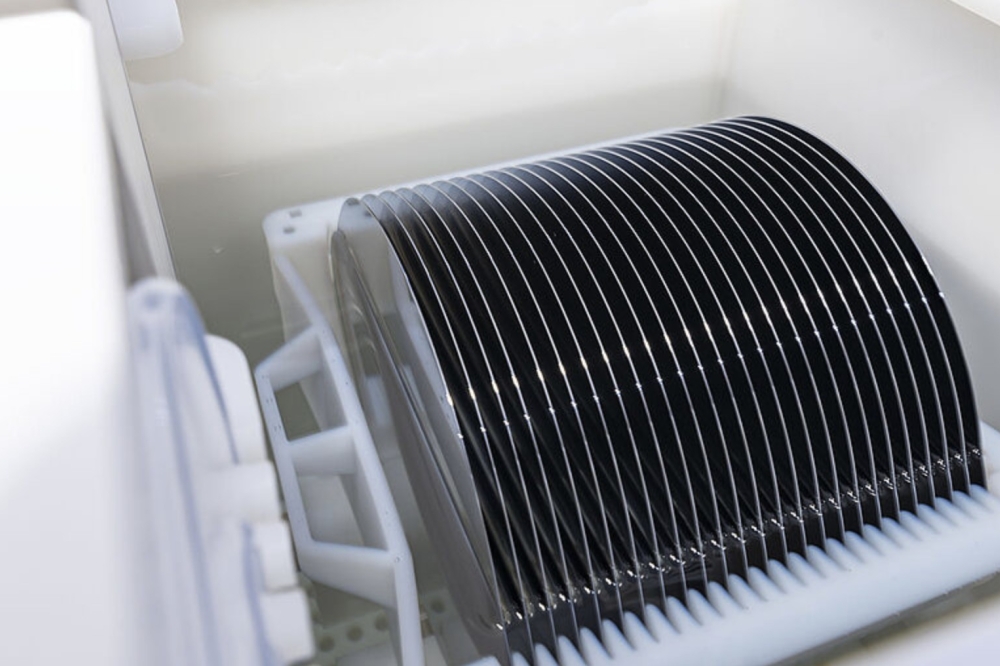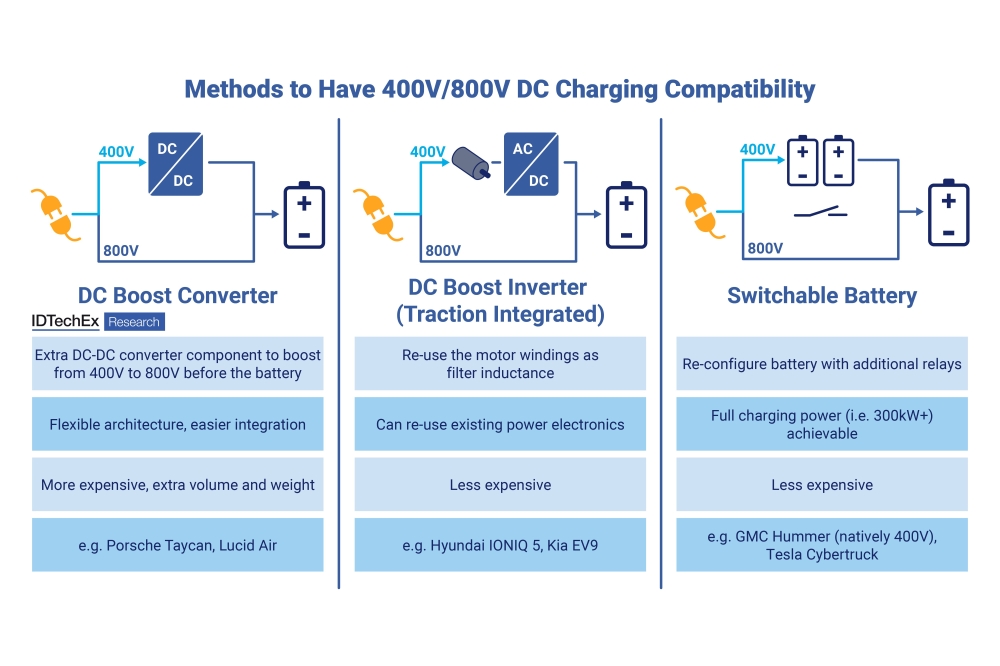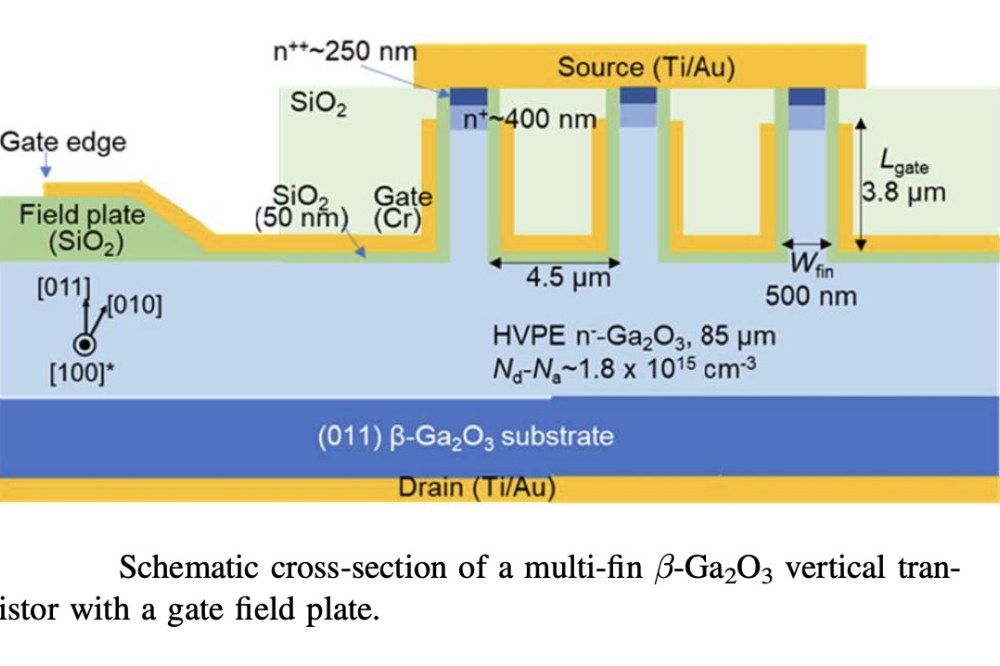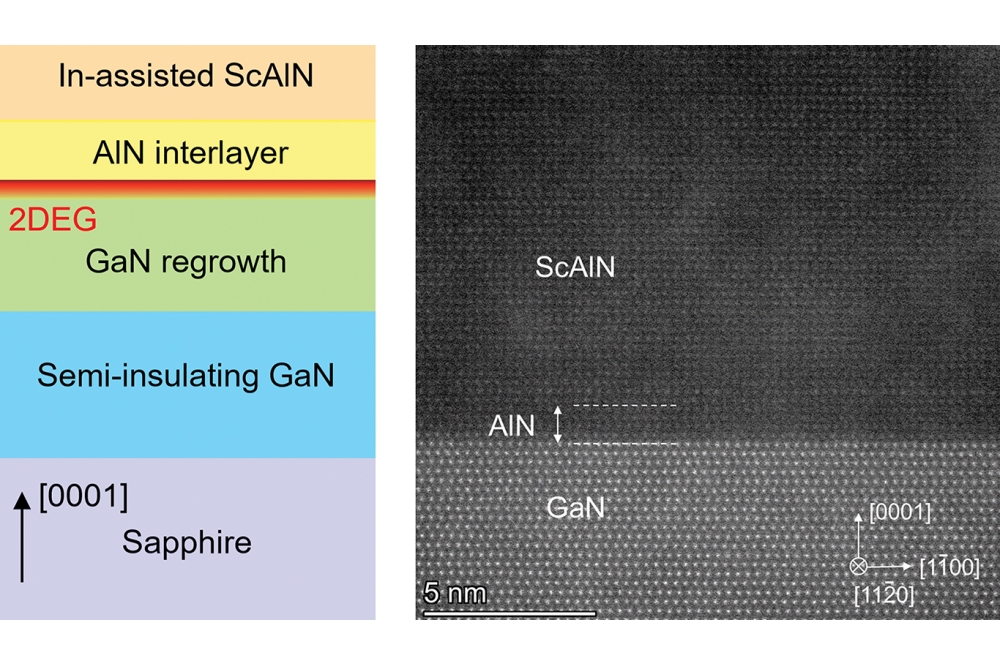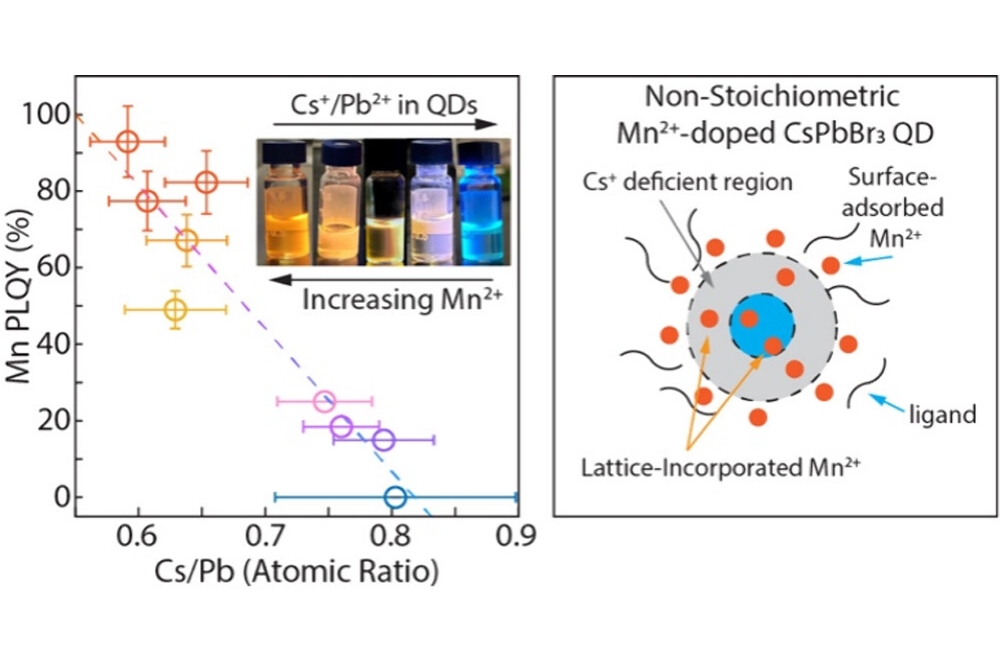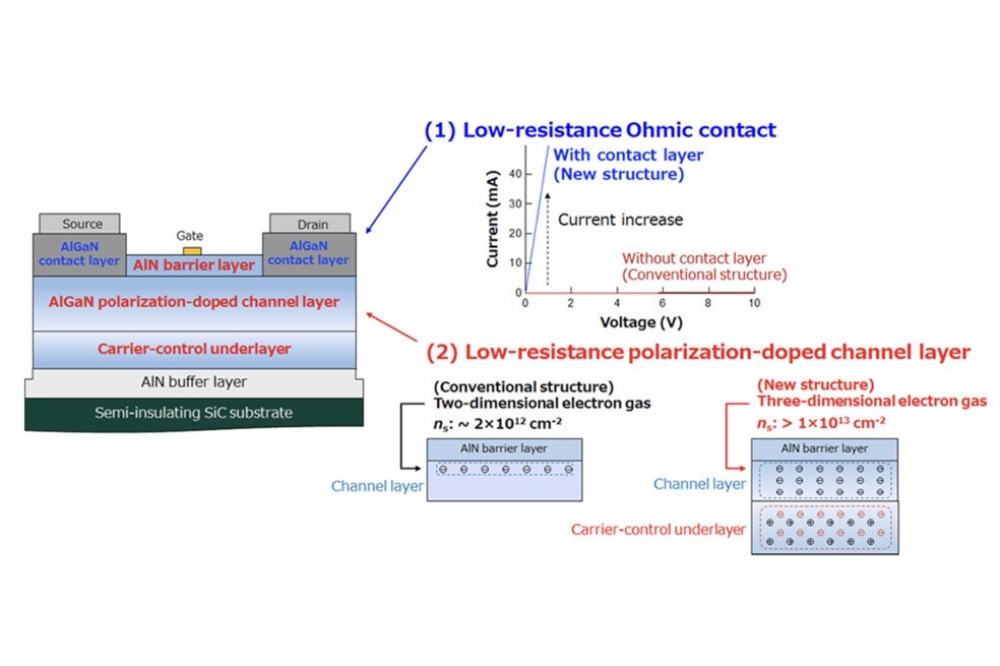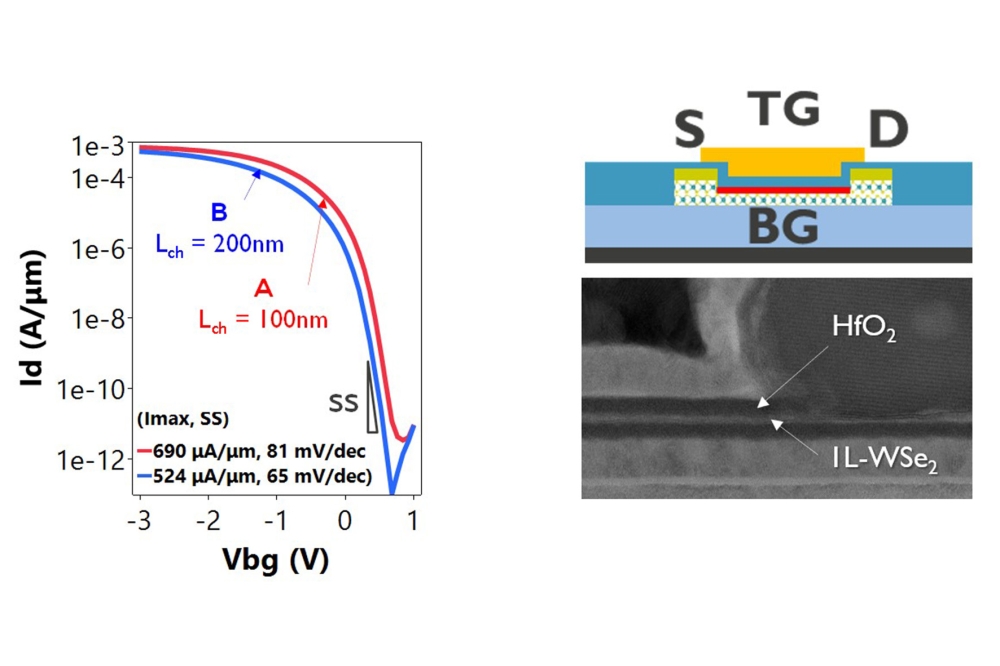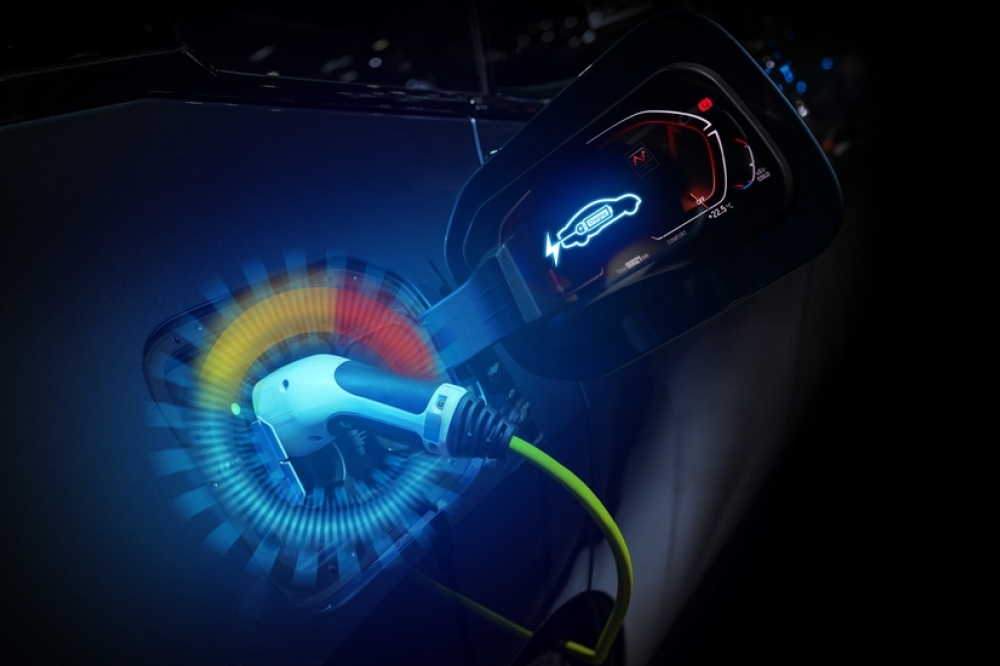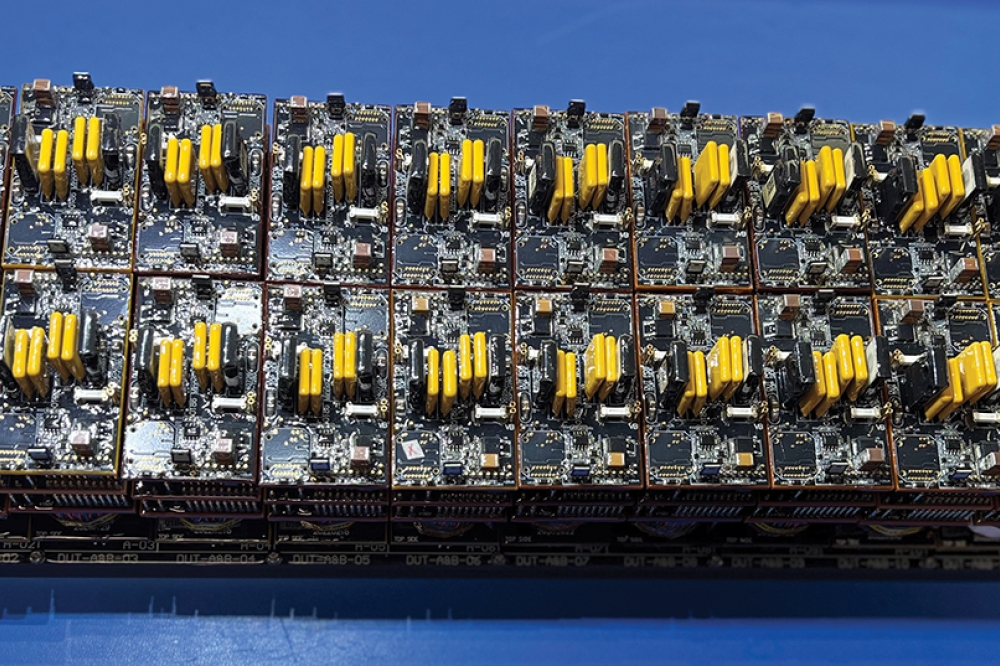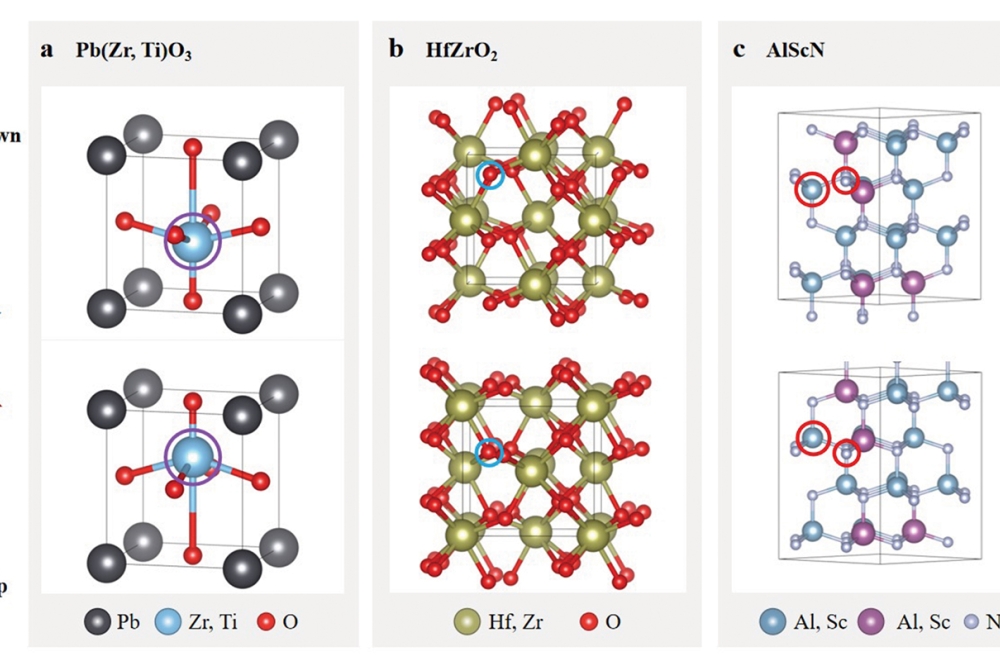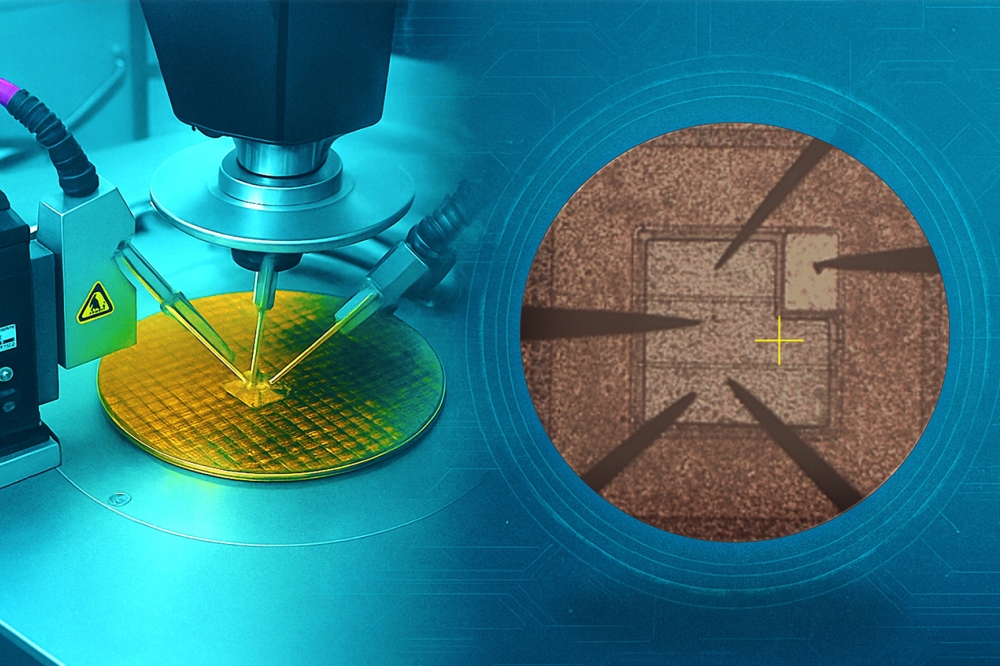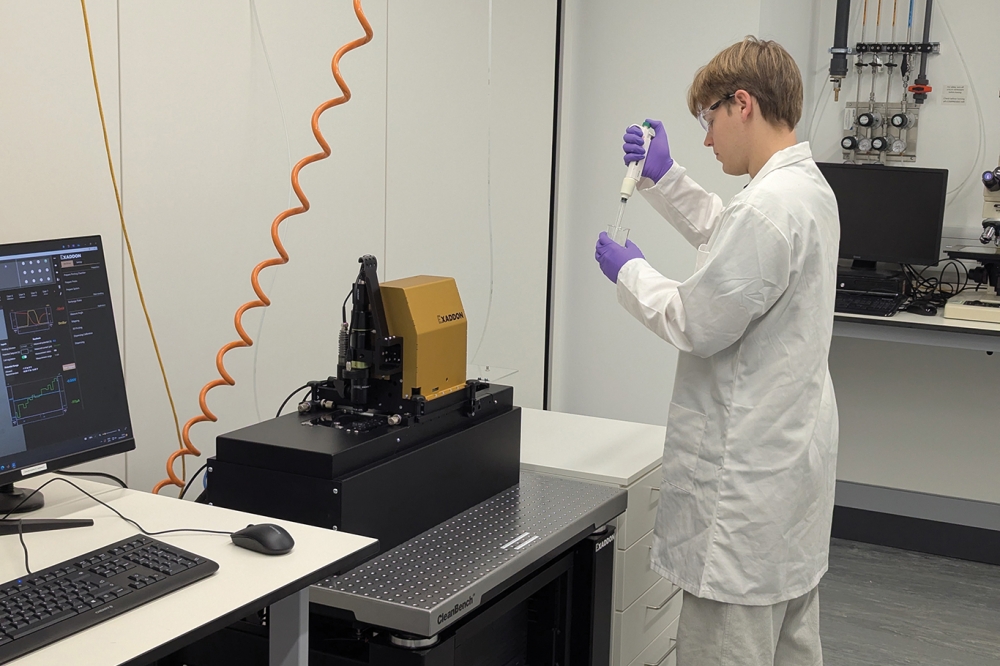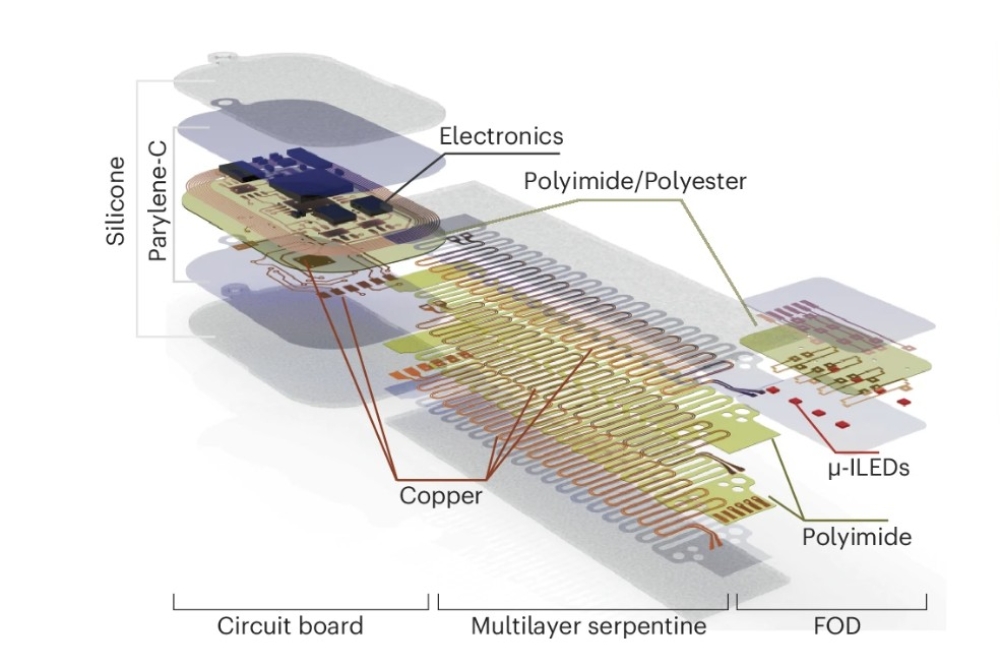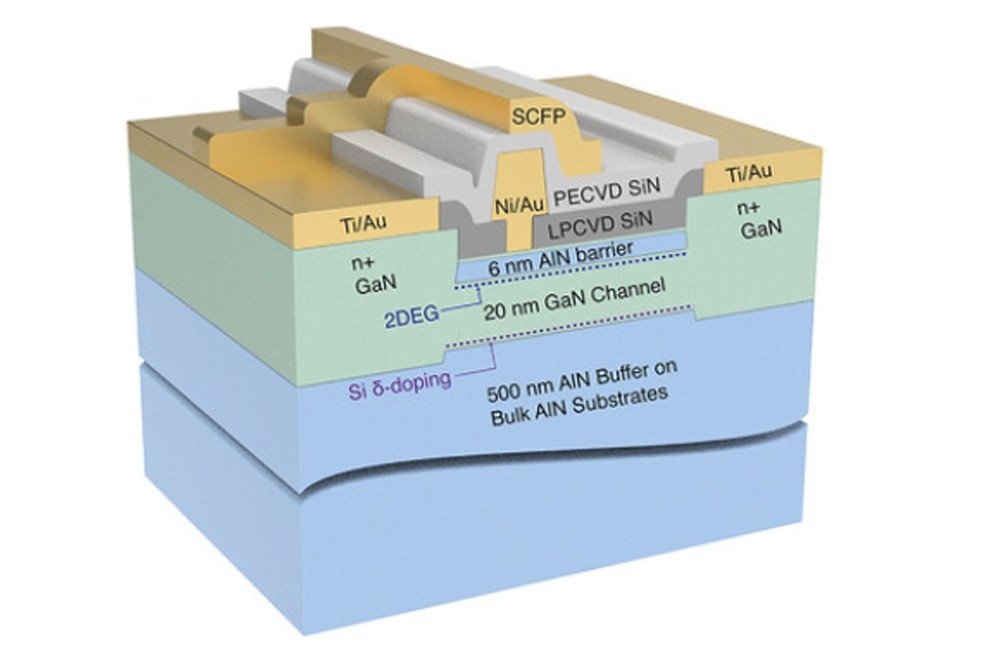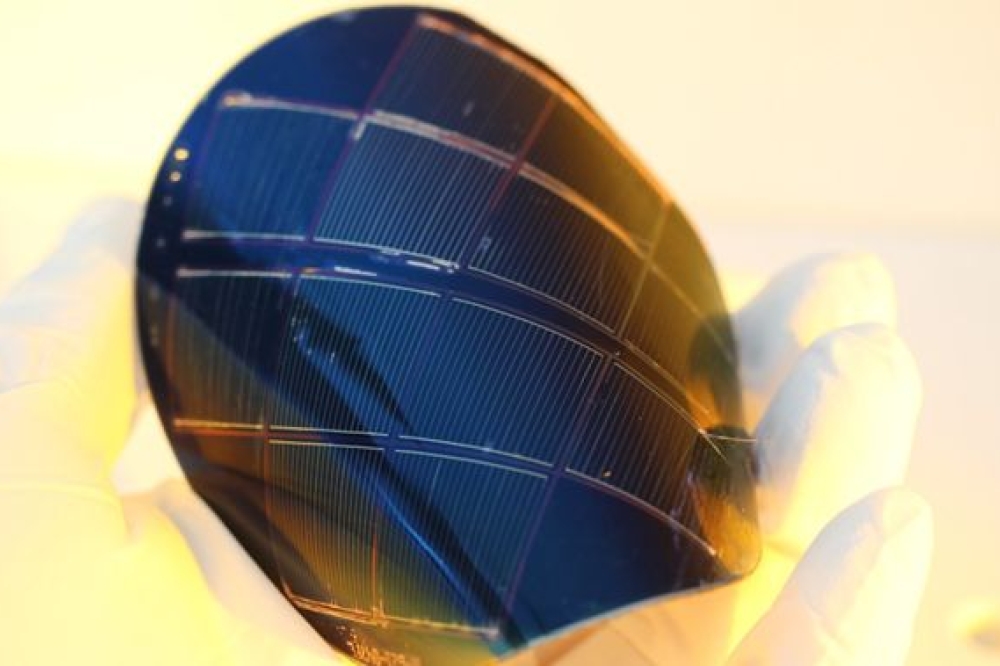Floating guard-rings boost SiC efficency
A Northrop Grumman team has produced a SiC vertical junction field-effect transistor with the closest blocking voltage efficiency to the theoretical limit yet recorded for a SiC power device.
Victor Veliadis and colleagues at the company's Linthicum, Maryland, Advanced Technology Laboratory described the 6.8 mm2 active area device in the December issue of IEEE Electron Device Letters.
Northrop Grumman was able to make the device, the world s second largest VJFET, block a greater voltage than the largest VJFET, which it also made.
![]()
Working with the nearby US Army Research Laboratory the group overcame electric field crowding at the edges of the normally-on device. This allows it to block up to 2055 V in the off-state and the VJFET also reaches 24 A on-state current.
“The theoretical breakdown-voltage of practical devices is reduced by the occurrence of high electric fields at their edges,” Veliadis told compoundsemiconductor.net.
The team used a “floating guard-ring” design to extend the depletion region between n- and p-type SiC layers further than in a simple p-n junction. This gives the electric field more area to spread across, reducing crowding and improving blocking voltage efficiency.
![]()
The nearer to 100 percent blocking voltage efficiency a device gets, the higher the voltage it can block at a given resistance. This is desirable, as a lower resistance reduces switching losses. The 6.8 mm2 active area VJFET achieved 94.4 percent of the theoretical limit.
Although other approaches have been used to extend the depletion layer in SiC devices, the Northrop Grumman/Army team chose the floating guard-ring approach as part of an emphasis on manufacturability. The guard-ring is 62 µm across, and formed by implanting aluminum at the same time that the device s gates are fabricated.
The normally-on device blocks voltages on the application of a negative drain-source bias, blocking 2055 V at -37 V bias. Beyond this, breakdown rapidly occurs at biases below -41 V, which Veliadis says demonstrates the group s “quality processing” in the VJFET.
“This shows that we can process without introducing imperfections, and that gives very sharp breakdowns,” he explained. “Because of material and processing imperfections, the bigger the size of the device, the more difficult it is to achieve sharp onsets of breakdown.”
Veliadis says that Northrop Grumman is likely to use these devices in radar power supplies and systems.

